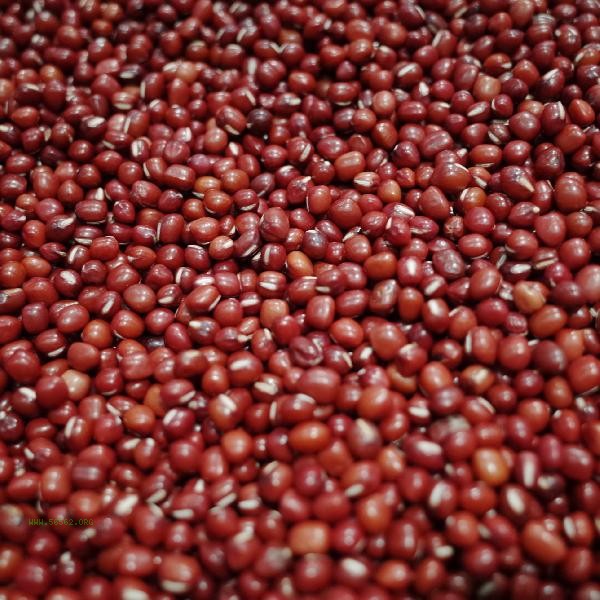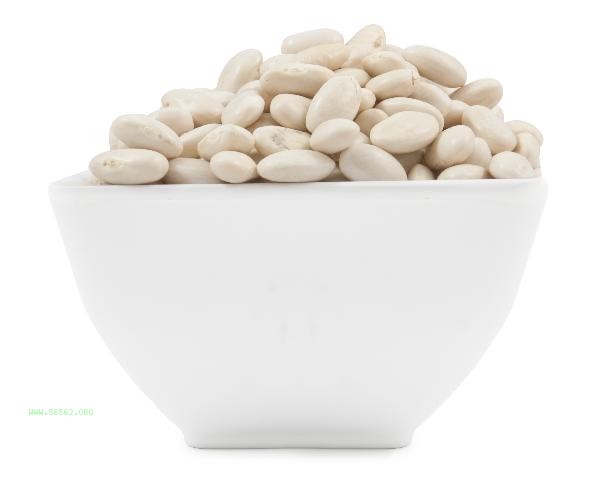Moderate consumption of legumes by children usually has no obvious harm, but excessive consumption may cause gastrointestinal discomfort, allergic reactions, nutritional imbalance, indigestion, metabolic burden, and other problems. Beans are rich in high-quality protein and dietary fiber, and the intake should be adjusted according to age and physical condition.

1. Gastrointestinal discomfort
Oligosaccharides in legumes may stimulate intestinal gas production, leading to weak gastrointestinal function in young children. Overconsumption can easily cause bloating or abdominal pain. It is recommended to soak the beans thoroughly and cook them until soft and tender to reduce the production of gas substances. When adding for the first time, observe bowel movements and pause consumption if discomfort occurs.
2. Allergic reactions
Soy protein is a common allergen, and young children may experience rash, vomiting, and even difficulty breathing when their immune system is not fully developed. Parents should test a small amount of soy products for their children for the first time, and those with a family history of allergies should be more cautious. After identifying allergies, it is necessary to avoid all foods containing soy ingredients.
III. Nutritional Imbalance
Phytic acid in legumes can inhibit iron and zinc absorption, and long-term consumption in large quantities may affect mineral intake. It is recommended to pair vegetables and fruits rich in vitamin C to promote absorption and avoid consuming them with iron supplements. Children under 2 years old should not consume more than 20 grams of legumes per day.

Fourth, indigestion
Whole grain legumes have a harder cellulose surface, and insufficient chewing in young children may lead to the risk of intestinal obstruction. It is suggested to choose easily digestible forms such as tofu and soybean milk, and avoid eating whole soybeans directly before the age of 3. When cooking, it can be peeled or mashed to reduce digestive burden.
V. Metabolic Burden
Legumen purine content is high, and excessive intake may increase metabolic stress in children with impaired kidney function. Children with genetic metabolic disorders or kidney disease should strictly limit their intake of legumes. It is advisable for healthy children to consume 3-4 times a week, with no more than 30 grams of dry beans per time.

Parents should pay attention to the diversity of bean varieties when feeding their children, and give priority to choosing small particle varieties such as mung beans and red beans that are easy to cook. The beans can be combined with grains to improve the utilization rate of protein, such as red bean rice porridge, hummus with whole wheat bread, etc. Children with allergies are advised to postpone the introduction of soy products until after the age of 2, and to choose the morning time slot for the first attempt to observe reactions. The proportion of legumes in daily diet should be controlled within 15% of the total ingredients, while ensuring sufficient drinking water to aid metabolism. If a child experiences persistent diarrhea or worsening eczema, they should seek medical attention promptly to check for food intolerance.








Comments (0)
Leave a Comment
No comments yet
Be the first to share your thoughts!